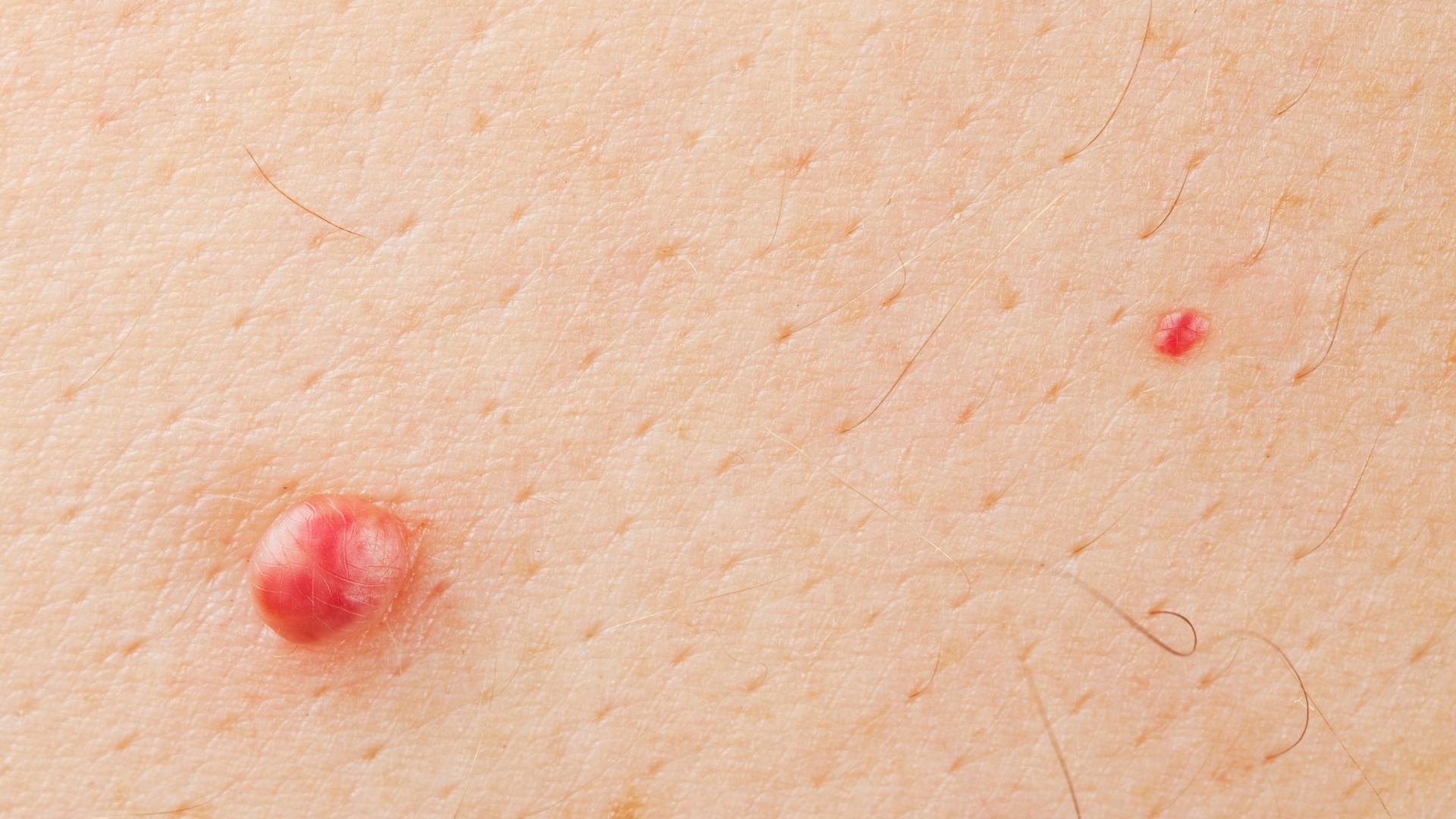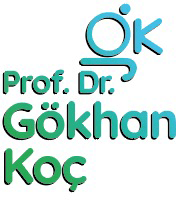
What Should Be Considered After Genital Wart Treatment?
Genital wart treatment is generally a long-term process. However, with each procedure performed during the treatment of warts, the HPV virus load is reduced, and the formation of new condyloma foci is prevented as much as possible.
In general, except for cases such as immunodeficiency, almost every patient with genital warts is completely cleared of warts within a certain period. Special care should be taken to avoid injuring existing genital warts, especially when cleaning the genital area, and cleaning should be repeated as necessary.
Any new wart that bleeds during or after cleaning increases the risk of HPV virus spreading to other areas and partially increases the likelihood of dissemination. As much as possible, genital hair should be kept short, or if necessary, trimmed carefully with a machine so as not to damage the warts.
After genital wart treatment, it should be remembered that lesions may recur. If you notice a wart or mole-like lesion in your genital area that you suspect has recurred, you should consult a doctor and be examined without delay.
In the early stages of genital warts, lesions caused by HPV warts can be completely cured with a few treatment sessions. In cases where widespread warts have spread throughout the genital area due to neglect, long treatment sessions and months of therapy may be required.
If you notice new lesions in your genital area that you cannot identify, show them to a specialist as soon as possible without injuring or touching them excessively. Neglect and indifference make treatment more difficult and prolong the healing process.
Regardless of the type of treatment, 50-60% of genital warts recur within the first 6 months, and about 30% regress spontaneously in the vulva. Additionally, complete removal of genital hair, use of razors, and low body resistance increase the recurrence of genital warts.
In all treatments, the recurrence rate of genital warts is around 50-60% within the first 6 years, while with the freezing method, the chance of being free from warts within 3 months can reach 60-90%. Most genital wart infections are temporary and clear within 2 years.
Patients who have undergone genital wart treatment should abstain from sexual intercourse for 1-2 weeks depending on the treatment method. Once the tissues are fully healed, it is advisable to resume sexual activity using condoms. Genital wart treatment does not have a long-term negative effect on sexual life.
After genital treatment, recurrence of warts is seen in the first 6 months, and there is no superiority among treatment methods such as cauterization, freezing, or acid therapy.
Surgical procedures and laser are more effective but are more expensive compared to other methods. In about 90% of patients, the process regresses within 2 years after treatment and recurrence does not occur.
Genital warts are burned with electrocautery, which may recur in some cases within 6 months to 1 year. However, the number of recurrent cases is low.
After treatment, there are some points that patients should pay attention to: if there is a carrier partner, condoms should be used; genital hygiene should be maintained for two months; pubic hair should not be removed; procedures such as waxing that open hair follicles should be avoided; baths, saunas, pools, and waxing salons should not be visited; personal genital items should not be shared; and the patient should be monitored for about 1 year.
It is important for the individual to self-monitor and have regular health check-ups. HPV vaccine includes types 6 and 11, which can cause warts. One of the effective prevention methods is to get the HPV vaccine between the ages of 12 and 26.
In addition, avoiding multiple sexual partners is one of the appropriate ways to prevent genital warts. Using condoms during sexual intercourse can also be protective. However, using condoms during intercourse does not provide 100% protection.

Social Media